How Much Does It Cost to Start a Fish Farm in Zimbabwe?
Starting a fish farm in Zimbabwe seems daunting, right? Costs, species, land – so many questions. But what if it's more achievable than you think?
Starting a fish farm in Zimbabwe can cost as little as $2,000 for a small-scale setup. This initial investment typically covers pond construction, fish fingerlings, feed, and basic equipment like a water pump.
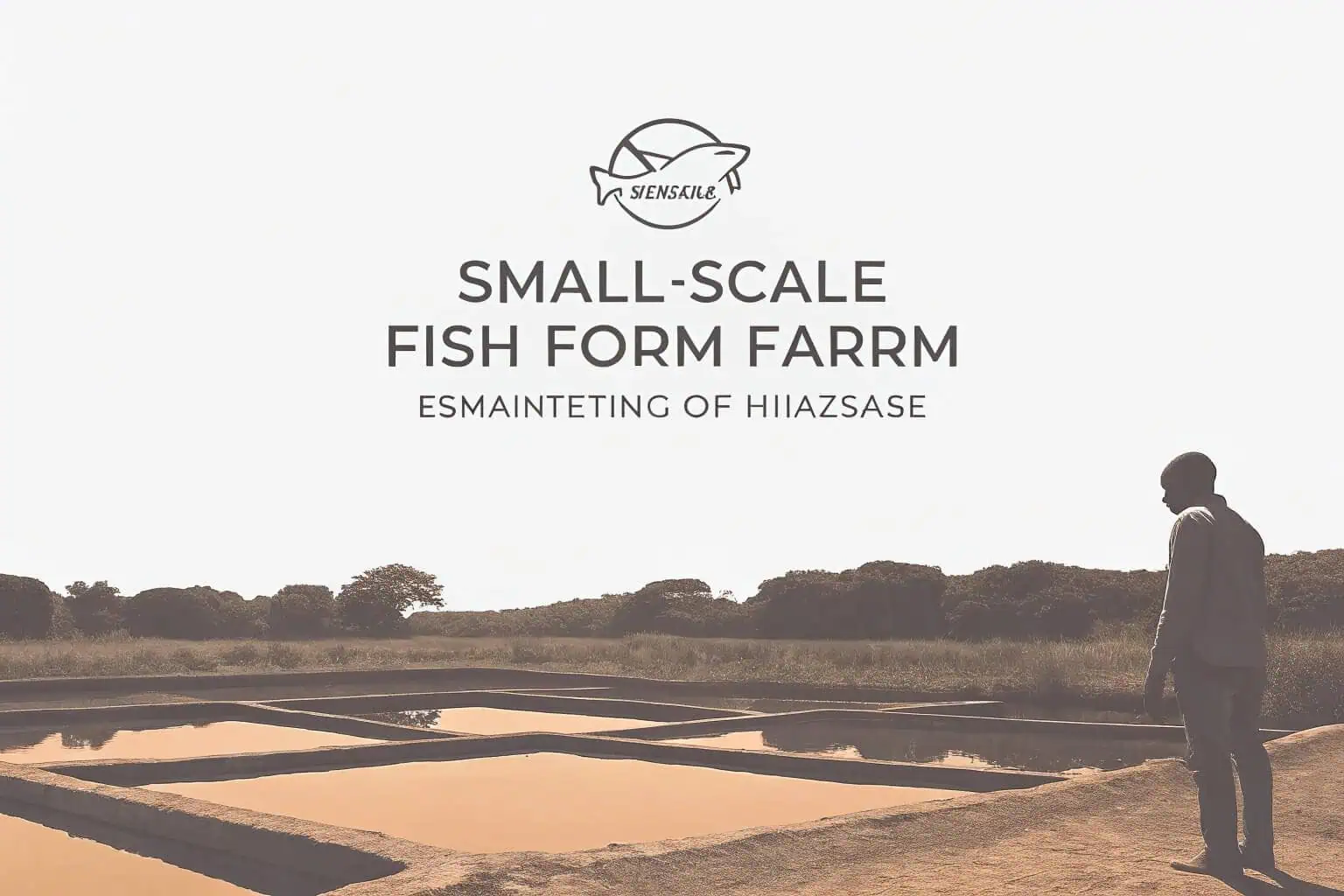
I've been in the fish farming game here in Zimbabwe for a while now. I've seen folks start small and grow big, and I've learned a lot along the way. The demand for fish is huge, and local supply just can't keep up. That's where the opportunity lies. Let's break down what you really need to know to get started.
How Much is Needed to Start Fish Farming in Zimbabwe?
Worried about the initial capital? Many aspiring farmers get stuck here. But understanding the breakdown can make it less intimidating.
For a basic fish farming venture in Zimbabwe, you might need around $2,000 to $5,000. This covers essential costs like pond digging, fingerlings, initial feed, and a simple water pump.
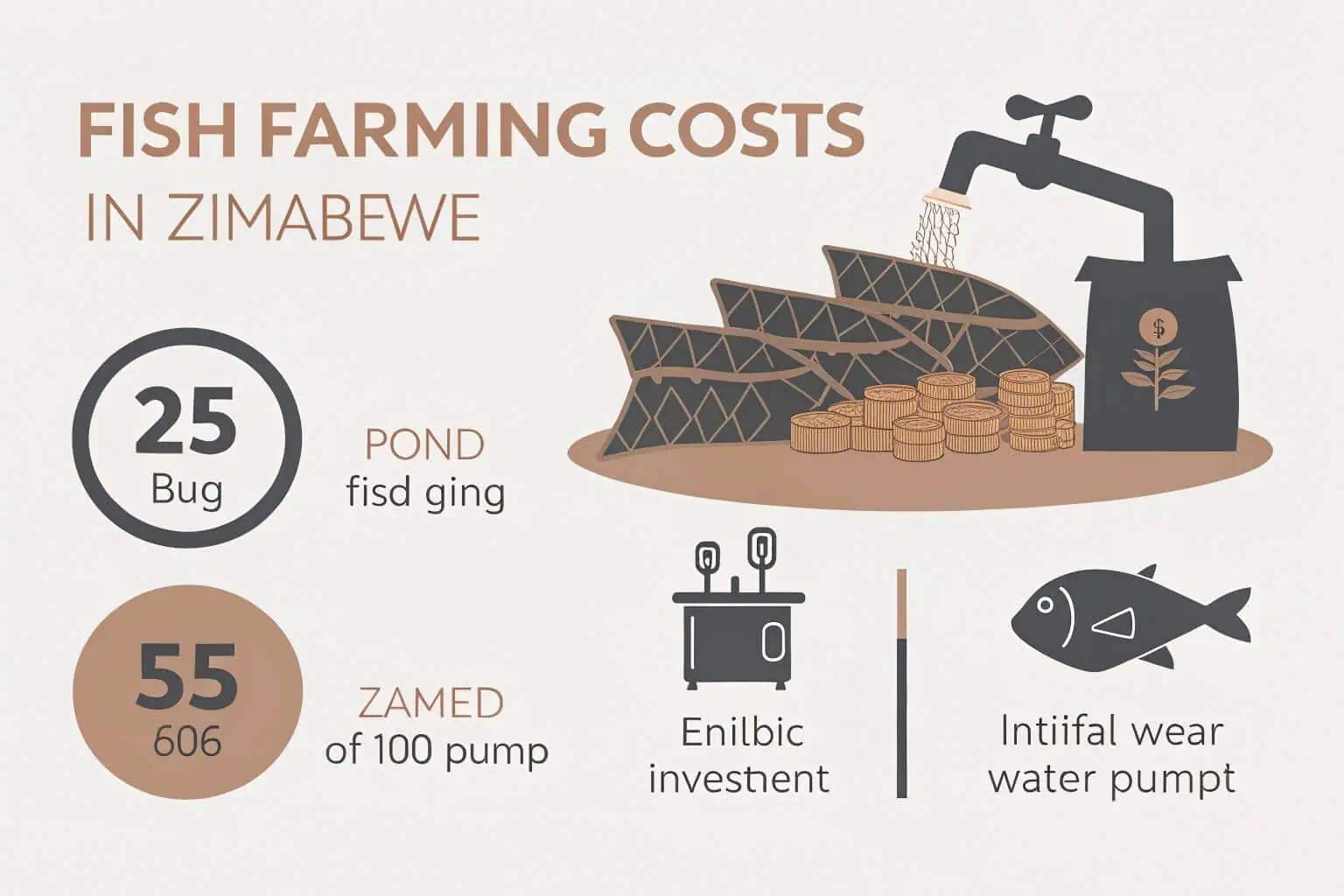
From my experience, you can get a pond dug for about $1,500. Then, you'll need fingerlings. For Nile Tilapia1, which I highly recommend, you might spend around $50 for a good start. Feed and a pump will make up the rest of the initial budget. Of course, if you're dreaming bigger, the costs go up. But a modest start is definitely within reach for many. It's about planning smart and focusing on the essentials first. I've seen people get bogged down by trying to do too much too soon. Keep it simple at the start, and you can scale up as you learn and earn.
Initial Investment Breakdown
The first step is always the hardest, especially when it comes to money. When I first started, I meticulously listed every potential cost. It helped me see where my money would go and what was truly essential. For a small-scale operation, say for aspiring farmers or those looking to diversify, the initial outlay is manageable. You're looking at pond construction as the biggest chunk. Then comes the fish themselves – the fingerlings2. Don't forget feed, which can be a significant ongoing cost, but for startup, you need enough to get them growing. A water pump is also vital for maintaining water quality, especially if you're not relying on a natural water source. These are the non-negotiables.
Scaling Up: What to Expect
Once you've got your initial setup running and you're starting to see some returns, you'll naturally think about expanding. This is where careful financial planning3 becomes even more critical. Scaling up might mean bigger or more ponds, a more sophisticated water management system, or investing in better quality feed in larger quantities. For instance, if you move to commercial net cage systems in a dam, the investment is different. You'll also need to consider labor costs if you can no longer manage it all yourself. My advice is to reinvest profits wisely. Don't expand too quickly without a solid plan and the cash flow to support it. It's a marathon, not a sprint.
Hidden Costs and Contingencies
Every business has them, and fish farming is no exception. What about unexpected repairs to your pump? Or a sudden need for medication for your fish? It's wise to have a contingency fund4, maybe 10-20% of your initial investment. I learned this the hard way when a power outage damaged my pump early on. Also, consider licensing or permit fees5, though these are often minimal for small setups. Transportation costs for feed or getting your fish to market can also add up. Thinking about these potential expenses upfront can save you a lot of stress down the line. It's all part of being a prepared entrepreneur in this field.
| Expense Category | Estimated Cost (Small Scale) | Notes |
|---|---|---|
| Pond Construction | $1,500 - $3,000 | Depends on size and type (e.g., earthen pond) |
| Fingerlings (Tilapia) | $50 - $200 | For an initial batch |
| Initial Feed Supply | $200 - $500 | For the first few months |
| Water Pump & Basic Gear | $250 - $1,000 | Includes pipes, nets, etc. |
| Contingency (10-20%) | $200 - $940 | For unforeseen expenses |
| Total Estimated Range | $2,000 - $5,640 | This is a general guide |
How Much Does It Cost to Start a Fish Farm?
Thinking about the overall investment beyond just Zimbabwe? The core costs are similar, but scale and location play huge roles.
Globally, starting a small fish farm can range from a few thousand dollars to tens of thousands. Key factors include land, pond type, species, feed, and technology.
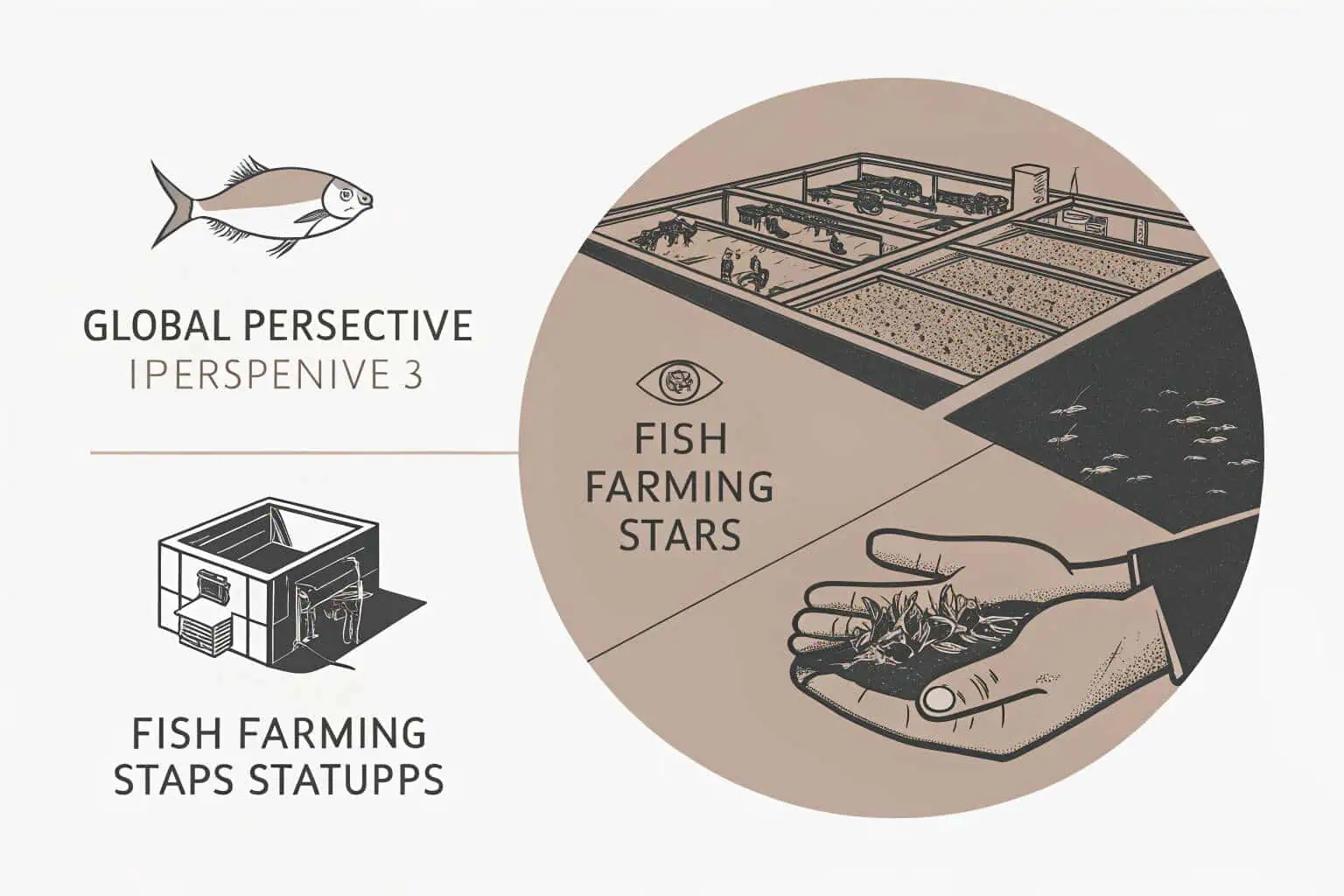
When I talk to fellow farmers in other countries, the story is often similar, though the numbers might change. In Zimbabwe, we have certain advantages, like relatively lower labor costs. However, access to specialized equipment or high-quality imported feed can be pricier here. The fundamental expenses remain: creating a habitat for your fish, acquiring the fish, feeding them, and managing their environment. If you're looking at a large commercial operation with advanced systems like Recirculating Aquaculture Systems (RAS)6, then the investment can easily run into hundreds of thousands of dollars. But for many, especially entrepreneurs and existing farmers looking to diversify, a more modest, well-planned approach is the way to go. It's about matching your investment to your goals and resources.
Land and Pond Construction
This is often the biggest upfront cost. If you already own land, that's a huge advantage. If not, you'll need to buy or lease it. The type of pond also matters. Earthen ponds are generally cheaper to construct than concrete tanks or lined ponds. Our Bancy collapsible fish tanks7, for example, offer a flexible and often more cost-effective solution for certain setups, especially for those needing portability or setting up on leased land. They are easier to install and can be customized. For instance, our galvanized pipe fish tanks8 are robust and great for long-term use, while our PVC liner tanks9 are excellent for quick setups. The choice depends on your specific needs, the scale of your operation, and the species you plan to farm. Consider the terrain and water source availability when choosing a site, as this will impact construction costs.
Species and Fingerlings
The type of fish you choose will significantly impact your costs. Some species require more specialized care, feed, or environmental conditions, which can increase expenses. Fingerling costs also vary. Common choices like Tilapia are often more affordable and readily available than, say, specialized ornamental fish or more sensitive species like trout in warmer climates. In Zimbabwe, Nile Tilapia is a winner because it's hardy and grows fast. When sourcing fingerlings, it's crucial to buy from reputable suppliers10 to ensure healthy, disease-free stock. This initial investment in quality fingerlings pays off in the long run with better growth rates and lower mortality.
Feed and Operational Costs
Feed is a major ongoing expense in fish farming, often accounting for 40-60% of total operating costs. The type and quality of feed will depend on the species you're farming. Some fish require high-protein feeds11, which are more expensive. You'll also need to budget for electricity (for pumps), water (if not from a free source), labor (if you hire help), and routine maintenance of equipment. For example, our Bancy tanks are designed for durability, but all equipment needs some upkeep. I always advise new farmers to research feed suppliers12 thoroughly and to explore options for making their own feed if feasible, though this requires expertise. Efficient feed management is key to profitability – overfeeding is wasteful, and underfeeding stunts growth.
| Cost Factor | Considerations | Impact on Overall Cost | Potential Bancy Solution |
|---|---|---|---|
| Land Acquisition | Owning vs. Leasing, Location | High | N/A |
| Pond Construction | Earthen, Concrete, Lined, Collapsible | High | Collapsible PVC/Galvanized Tanks (reduces installation time & site prep) |
| Species Selection | Tilapia (cheaper, hardier) vs. Specialized (expensive, sensitive) | Medium | N/A |
| Fingerling Source | Quality, Availability | Medium | N/A |
| Feed | Type, Quality, Quantity (can be 50%+ of operational costs) | Very High (Ongoing) | N/A |
| Equipment | Pumps, Aerators, Nets, Tanks | Medium to High | Durable, customizable tanks (Galvanized Pipe, Galvanized Sheet, Collapsible Plastic) |
| Labor | Self-managed vs. Hired | Medium (Ongoing) | N/A |
| Utilities | Water, Electricity | Medium (Ongoing) | N/A |
What is the Best Fish to Farm in Zimbabwe?
Choosing the right fish is crucial for success, isn't it? You want something that thrives locally and has good market demand.
Nile Tilapia is widely considered the best fish to farm in Zimbabwe. It's hardy, grows quickly in local conditions, and has strong market acceptance.
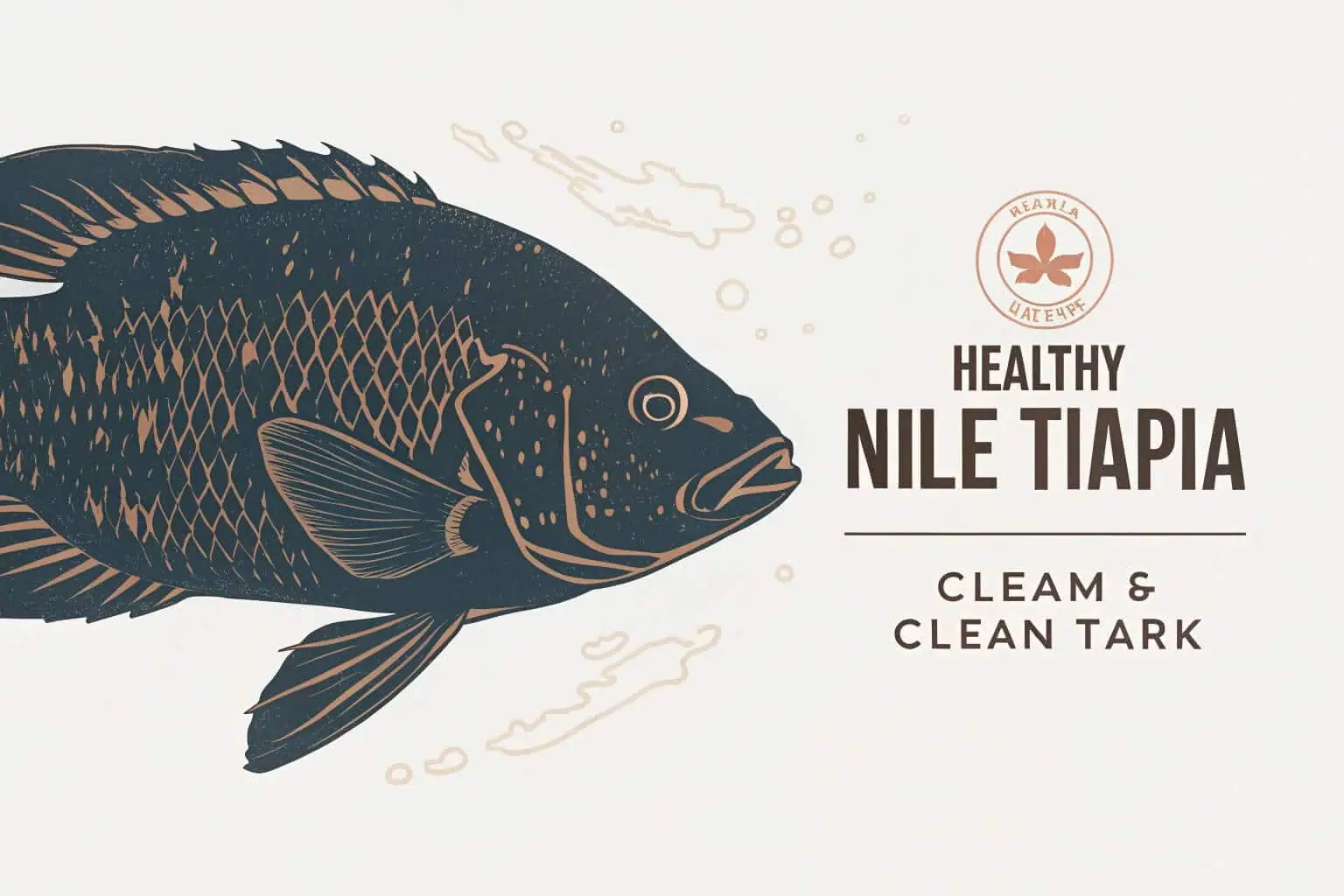
I swear by Nile Tilapia. From my own ponds and what I see across the country, it's the champion. They are quite tolerant of varying water conditions, which is a big plus, especially when you're starting out. They also have a good feed conversion ratio, meaning they efficiently turn feed into body mass. And the best part? People love to eat them! They sell like hotcakes, usually ready for market in about six to eight months. While other fish like catfish (Clarias gariepinus)13 are also farmed, Tilapia generally offers a quicker return and is easier to manage for most farmers here. It's a reliable choice for both small-scale and commercial operations.
Why Nile Tilapia?
There are solid reasons why Nile Tilapia is king in Zimbabwe's aquaculture. Firstly, its adaptability. Our climate, with its warm temperatures for a good part of the year, is almost perfect for them. They can tolerate a range of water quality parameters, which means less stress for the farmer. Secondly, their growth rate is impressive. With good feed and management, you can get them to market size relatively quickly. This fast turnover is great for cash flow. Thirdly, their breeding habits14. Tilapia are prolific breeders. While this needs management to prevent overpopulation and stunting in grow-out ponds, it also means a ready supply of fingerlings if you manage a breeding program. Finally, market demand. Zimbabweans enjoy Tilapia, so there's always a market, from local sales to potentially larger urban centers.
Other Potential Species
While Tilapia is the frontrunner, it's worth knowing about other options, especially if you have specific market niches or environmental conditions. African Catfish (Clarias gariepinus) is another popular choice. They are incredibly hardy, can tolerate very low oxygen levels (they are air-breathers), and can be stocked at high densities. They also grow fast and have good market acceptance, though some consumers prefer Tilapia. Bream15 (various indigenous Tilapia-related species) are also farmed but might have slower growth rates compared to Nile Tilapia. For those with access to cooler, clean water, trout farming has been done in specific regions of Zimbabwe, like the Eastern Highlands, but this is a much more specialized and capital-intensive venture. It's about matching the species to your resources and market.
Considerations for Species Selection
When you're deciding, think beyond just growth rate. Consider the availability and cost of quality fingerlings16 for your chosen species. What about feed? Is appropriate, affordable feed readily available? Some fish have very specific dietary needs. Also, think about your technical skills and resources. Are you equipped to handle the specific requirements of that species? For example, trout need cold, highly oxygenated water, which is very different from Tilapia's needs. Market demand is paramount – there's no point farming a fish nobody wants to buy or that you can't sell at a profit. And finally, consider disease resistance17. Some species are more prone to diseases than others, which can lead to significant losses. Tilapia scores well on many of these points for Zimbabwean conditions.
| Fish Species | Suitability for Zimbabwe | Key Advantages | Key Challenges |
|---|---|---|---|
| Nile Tilapia | Excellent | Hardy, fast-growing, good market, breeds easily | Can overpopulate if not managed |
| African Catfish | Good | Very hardy, air-breather, high stocking density | Can have a stronger taste, some market preference |
| Bream (Indigenous) | Fair to Good | Adapted to local conditions, some market acceptance | Generally slower growth than Nile Tilapia |
| Trout | Niche (Highlands) | High market value | Needs cold, clean water; capital intensive |
How Many Acres Do You Need for a Fish Farm?
Wondering if you have enough space? It's a common question, and the answer might surprise you. You don't always need vast tracts of land.
For a small-scale fish farm in Zimbabwe, you can start with less than an acre. The exact land requirement depends on pond size, number of ponds, and farming intensity.
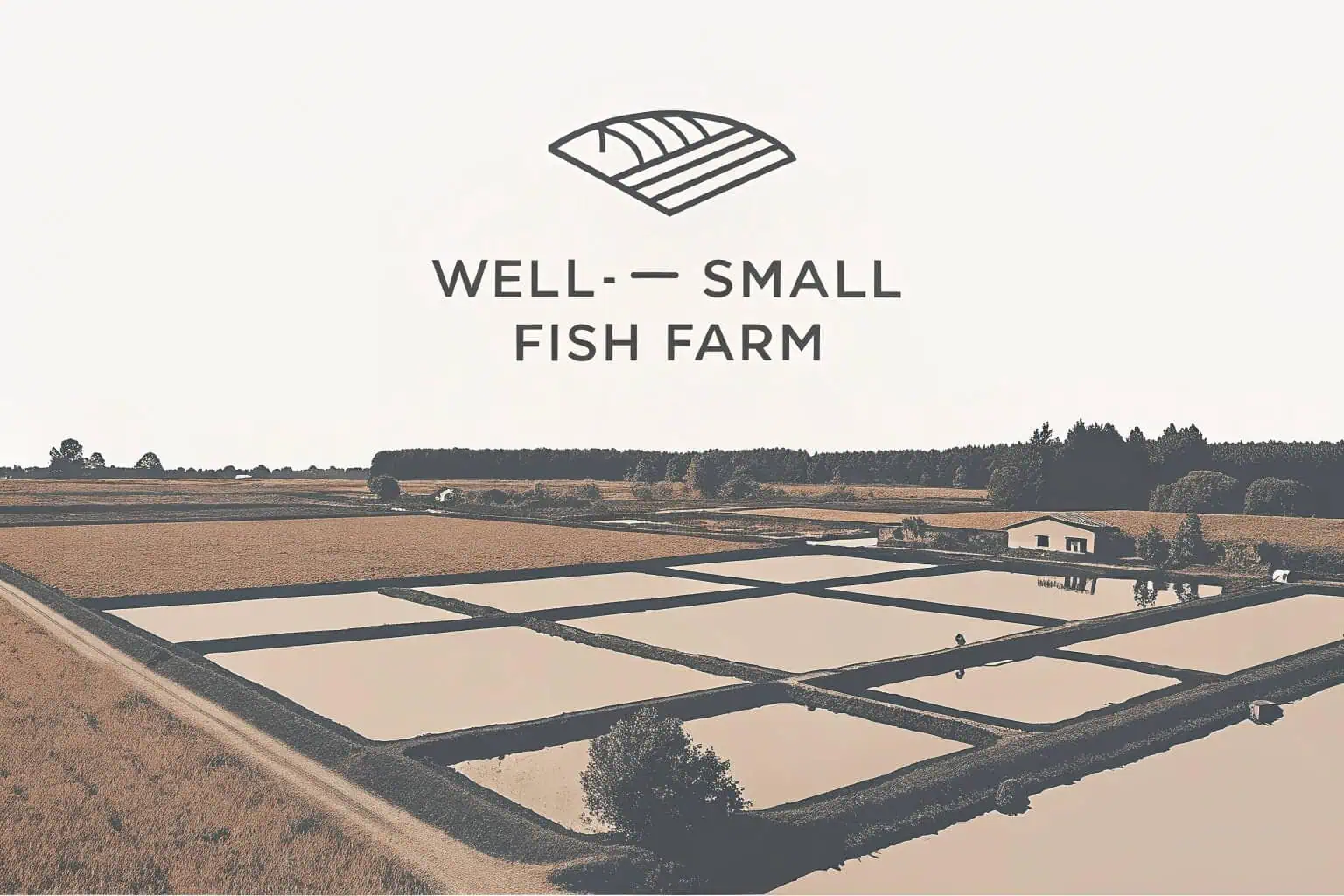
I've seen successful small setups on just a quarter of an acre. It's not about having a massive farm from day one. It's about using the space you have efficiently. For instance, a standard 20m x 50m (1000 square meter) earthen pond, which is a decent size for starting, doesn't take up a huge amount of land. You'll also need some space around the ponds for access, and perhaps a small area for storing feed and equipment. If you're considering more intensive systems18, like using our Bancy collapsible tanks, you can achieve high production in a relatively small footprint. Commercial operations, especially those with many large ponds or using cage culture in large dams, will naturally require more space or access to large water bodies. But for aspiring farmers, don't let perceived land constraints hold you back unnecessarily.
Small-Scale vs. Commercial Operations
The land needed varies hugely with your ambition. For a beginner or someone adding fish farming to an existing agricultural setup, a few well-managed ponds on half an acre can be very productive. You could have two or three ponds of, say, 10m x 20m each. This allows for staggered stocking and harvesting, ensuring a more continuous income. Commercial operations aiming for large volumes will need several acres to accommodate multiple large ponds19 (e.g., 50m x 100m or larger), plus space for infrastructure like hatcheries, feed storage, processing facilities (if any), and staff housing. For instance, a 10-hectare (approx. 25 acres) farm is a significant commercial venture. The key is to match your land use to your production targets and management capacity.
Intensive vs. Extensive Farming
How you farm also dictates land use. Extensive farming, like stocking fish at low densities in large earthen ponds or dams, naturally requires more land or water surface area per unit of fish produced. Intensive farming, on the other hand, aims for higher yields from a smaller area. This involves higher stocking densities, more formulated feed, and often more sophisticated water management systems like aeration. Using tanks, such as our Bancy galvanized sheet fish tanks or plastic fish tanks, is a form of intensive culture. These can be set up in a compact area and allow for greater control over the farming environment. While intensive systems require more capital and technical know-how, they are very efficient in terms of land use20. This is particularly relevant for entrepreneurs in peri-urban areas where land is scarcer and more expensive.
Other Land Use Considerations
Beyond the ponds themselves, think about what else you'll need space for. Access roads to bring in feed and transport harvested fish are essential. A small storage shed for feed (kept dry and secure from pests) and equipment is necessary. If you plan to breed your own fingerlings, you'll need space for hatchery facilities and nursery ponds. Water source and drainage are also critical – you need space for your water inlet system and a safe way to discharge water. Some farmers integrate fish farming with other activities, like vegetable gardening (aquaponics21), which would require additional space. Planning the layout of your farm carefully from the start will optimize land use and operational efficiency. I always suggest drawing a simple farm plan, even for a small setup.
| Farming Scale | Typical Land Area (Acres) | Pond Type Examples | Focus |
|---|---|---|---|
| Hobby/Small-Scale | < 1 | 1-3 small earthen ponds, a few collapsible tanks | Supplemental income, household consumption |
| Medium-Scale | 1 - 5 | Multiple medium earthen ponds, tank systems | Commercial sales, consistent production |
| Large Commercial | 5+ | Many large earthen ponds, cage culture in dams | Bulk production, wider market distribution |
| Intensive Tank Farm | < 1 (can be very compact) | Multiple Bancy tanks (PVC, Galvanized, Plastic) | High yield per unit area, controlled environment |
Conclusion
Starting a fish farm in Zimbabwe is a viable venture with real potential. With careful planning, the right species like Tilapia, and a smart approach to costs and land use, you can build a successful business. It's hard work, but the rewards are there.
-
Explore the advantages of Nile Tilapia for aquaculture, including growth rates and market demand, to make informed decisions. ↩
-
Learn about fingerlings and their role in aquaculture to make informed decisions for your farming venture. This resource will provide valuable information. ↩
-
Understanding financial planning is crucial for sustainable growth. Explore this link to learn effective strategies for your business. ↩
-
Understanding a contingency fund can help you prepare for unexpected expenses in fish farming and other businesses. ↩
-
Explore the necessary licensing and permit fees to ensure compliance in your fish farming venture. ↩
-
Explore this link to understand how RAS can optimize fish farming and improve sustainability, making it a smart investment for your operation. ↩
-
Explore the advantages of collapsible fish tanks, which offer flexibility and cost-effectiveness for aquaculture setups. ↩
-
Learn why galvanized pipe fish tanks are robust and ideal for long-term aquaculture use, ensuring durability and reliability. ↩
-
Discover the benefits of PVC liner tanks for quick setups in aquaculture, making them a popular choice for many farmers. ↩
-
Finding reliable suppliers is crucial for ensuring healthy fish stock, which can lead to better growth and lower mortality rates. ↩
-
Exploring high-protein feeds can help you make informed decisions that boost fish growth and overall farm success. ↩
-
Researching feed suppliers thoroughly ensures you get quality feed, which is crucial for the health and growth of your fish. ↩
-
Learn about the differences between catfish and Tilapia farming to make informed decisions for your aquaculture business. ↩
-
Discover the breeding habits of Nile Tilapia and how effective management can lead to a sustainable supply of fingerlings. ↩
-
Discover insights into Bream farming, including growth rates and market trends, to make informed decisions in aquaculture. ↩
-
Understanding quality fingerlings is crucial for successful fish farming, ensuring healthy stock and better yields. ↩
-
Exploring disease resistance can help you choose fish species that minimize losses and enhance profitability in aquaculture. ↩
-
Learn about intensive systems in aquaculture to understand how they can optimize space and increase yield for aspiring farmers. ↩
-
Learning about pond management techniques can significantly enhance your fish farming success and profitability. ↩
-
Learn how different farming methods impact land use, crucial for sustainable aquaculture practices. ↩
-
Explore aquaponics to understand how integrating fish farming with vegetable gardening can enhance sustainability and productivity. ↩